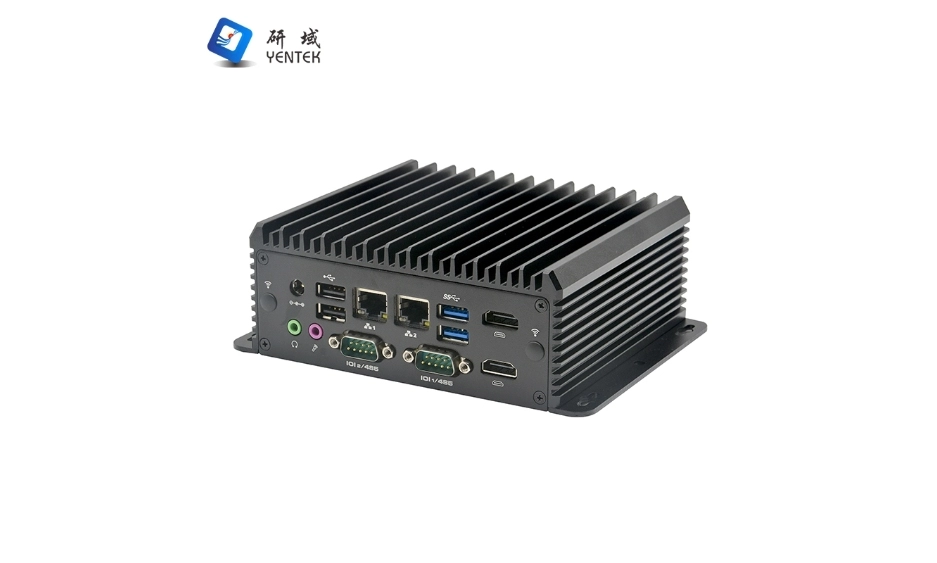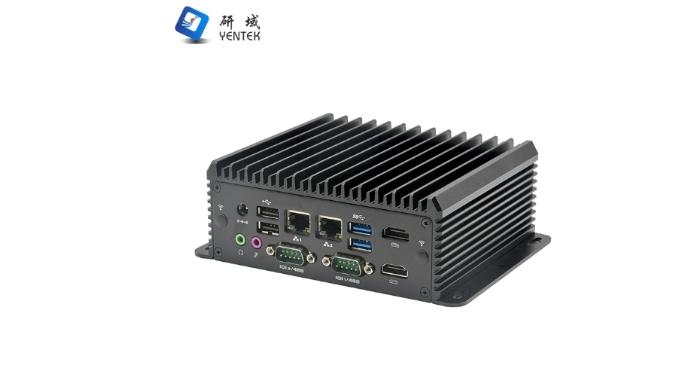Embedded computers are specialized computing systems designed to perform dedicated functions within larger mechanical or electrical systems. Unlike general-purpose computers, which can run a variety of applications, embedded systems are tailored for specific tasks, making their architecture and components critical to their performance and efficiency. This article explores the architecture and components of embedded computers, providing a comprehensive understanding of their design and functionality.
What is Embedded Computer Architecture?
Embedded computer architecture refers to the structural design and organization of an embedded system's hardware and software. It encompasses how these components interact to perform specific tasks, including processing data, controlling devices, and communicating with other systems. The architecture is crucial as it determines the system's capabilities, performance, and resource requirements.

Key Characteristics of Embedded Systems
Embedded systems possess distinct characteristics that differentiate them from traditional computing systems:
Task-Specific: Designed for specific applications rather than general-purpose computing.
Real-Time Operation: Many embedded systems must operate within strict timing constraints.
Resource Constraints: Often limited in processing power, memory, and energy consumption.
Reliability: High reliability is essential as they often operate in critical environments.
Components of Embedded Computers
The architecture of embedded computers consists of several key components that work together to achieve the system's objectives. These components can be categorized into hardware and software elements.
Hardware Components
Processor (CPU):
The central processing unit (CPU) is the brain of the embedded system, executing instructions and managing data flow. It can be a microcontroller or a microprocessor, depending on the application's complexity.
Microcontrollers: Integrated circuits that include a CPU, memory, and peripherals on a single chip, ideal for simpler tasks.
Microprocessors: More powerful processors used in complex applications requiring higher computational capabilities.
Memory:
Memory is essential for storing program code and data. It can be categorized into:
Volatile Memory (RAM): Used for temporary storage during operation.
Non-Volatile Memory (ROM/Flash): Stores firmware and permanent data even when powered off.
Input/Output Interfaces:
These interfaces facilitate communication between the embedded system and external devices. They include:
Digital I/O: For binary signals (on/off).
Analog I/O: For continuous signals (e.g., sensors).
Communication Interfaces: Such as UART, SPI, I2C for data exchange with other devices.
Peripherals:
Additional components that enhance functionality, including sensors (temperature, pressure), actuators (motors), displays (LEDs), and communication modules (Wi-Fi, Bluetooth).
Software Components
Operating System (OS):
Embedded operating systems manage hardware resources and provide a platform for application development. They can be:
Real-Time Operating Systems (RTOS): Designed for time-sensitive applications where timing predictability is critical.
General-Purpose Operating Systems: Used in more complex embedded systems requiring multitasking capabilities.
Middleware:
This layer provides services to support application development by facilitating communication between software applications and hardware components.
Design Considerations for Embedded Systems
When designing an embedded system, several factors must be considered to ensure optimal performance:
1. Resource Constraints
Designers must work within limitations regarding power consumption, processing speed, memory capacity, and physical size.
2. Real-Time Requirements
For applications requiring immediate responses (e.g., automotive safety systems), real-time constraints must be prioritized during design.
3. Reliability and Safety
Embedded systems often operate in critical environments where failure can have severe consequences; thus, reliability must be built into both hardware and software design.
4. Scalability
As technology evolves, the ability to upgrade or expand an embedded system without complete redesign is important for longevity.
Applications of Embedded Computers
Embedded computers are ubiquitous across various industries due to their versatility:
Automotive Systems:
Used in engine control units (ECUs), airbag systems, anti-lock braking systems (ABS), and infotainment systems.
Consumer Electronics:
Found in devices such as smartphones, smart TVs, washing machines, and kitchen appliances.
Medical Devices:
Critical in devices like pacemakers, infusion pumps, diagnostic equipment, and patient monitoring systems.
Industrial Automation:
Employed in robotics, process control systems, sensor networks, and manufacturing equipment.
Telecommunications:
Integral to network routers, gateways, base stations, and mobile communication devices.
Future Trends in Embedded Computer Architecture
The landscape of embedded computing is continuously evolving with advancements in technology:
1. Internet of Things (IoT)
The proliferation of IoT devices has led to increased demand for embedded systems that can communicate over networks while maintaining low power consumption.
2. Artificial Intelligence Integration
Embedding AI capabilities into devices allows for smarter decision-making processes directly on the device without relying solely on cloud computing resources.
3. Enhanced Security Features
As embedded systems become more interconnected, security measures must evolve to protect against vulnerabilities associated with networked environments.
4. Energy Efficiency Improvements
With growing concerns over energy consumption, future designs will focus on optimizing power usage while maintaining performance standards.
Conclusion
Understanding the architecture and components of embedded computers is essential to developing efficient and reliable systems for specific applications. By combining advanced hardware with sophisticated software architectures, engineers can create embedded solutions to meet the needs of a wide range of industries from automotive to healthcare. As technology continues to advance, the capabilities of embedded computers will continue to increase, paving the way for innovative applications that can improve our daily lives while solving complex challenges in a variety of fields.
The Role of Embedded Computers in Healthcare and Medical Devices

